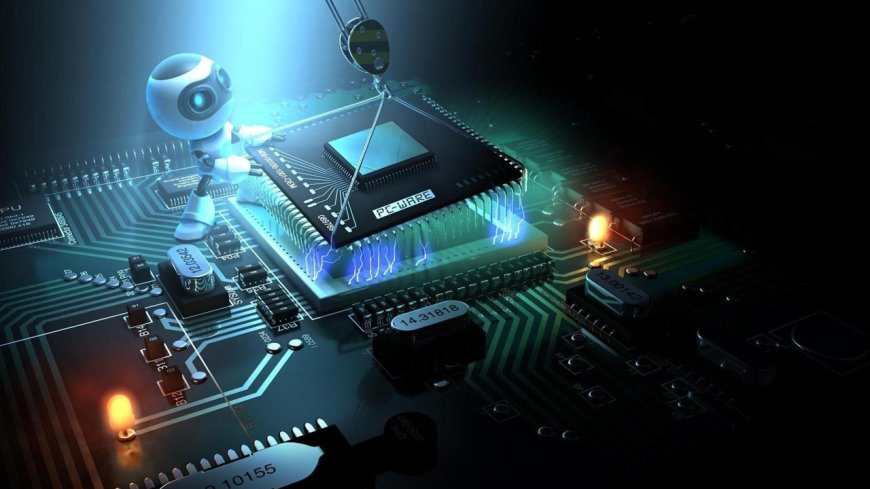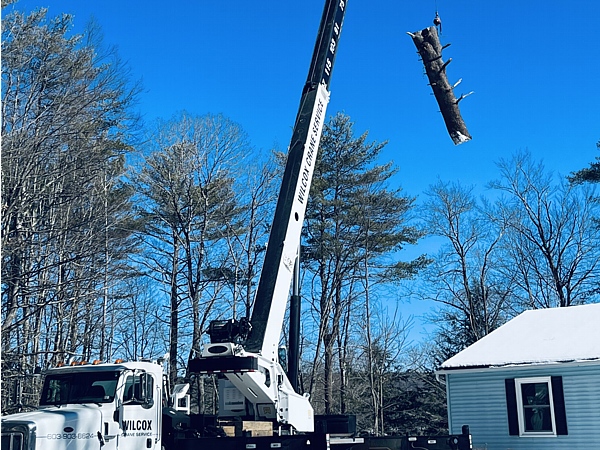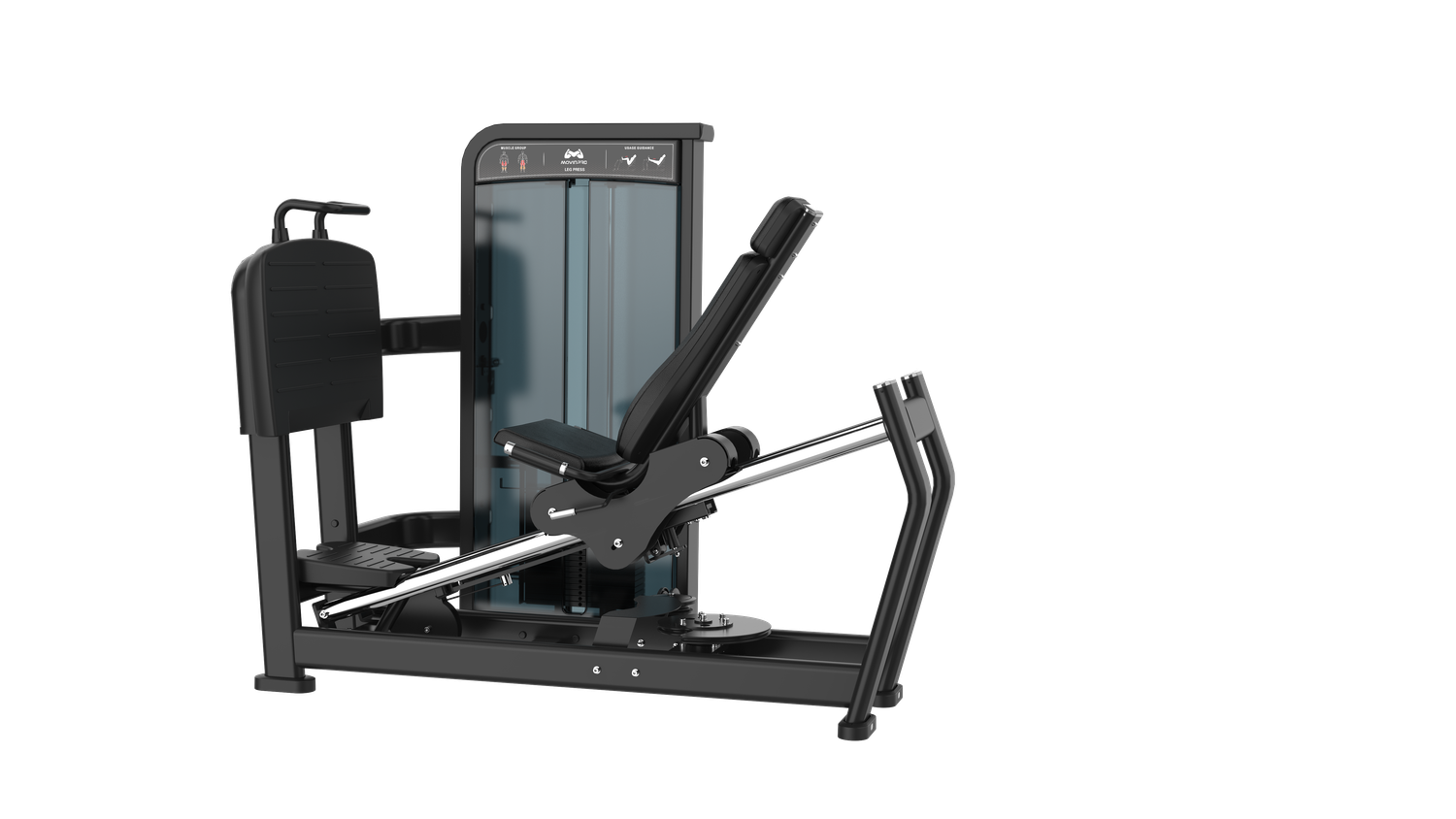Key Considerations for Electrical Power Supply Design in High-Demand Environments
Understand the essentials of electrical power supply design for industries like data centers, hospitals, and manufacturing facilities with this expert guide.

Designing a reliable electrical power supply for high-demand environments, such as data centers, industrial facilities, and hospitals, requires more than just delivering power. It demands precision, scalability, and resilience to support the complex systems that rely on uninterrupted energy. Let’s learn the essential considerations for Electrical Power Supply Design in such environments, highlighting how innovative approaches can shape the future of power management.
Key Considerations for Electrical Power Supply Design in High-Demand Environments
Designing a reliable electrical power supply for high-demand environments, such as data centers, industrial facilities, and hospitals, requires more than just delivering power. It demands precision, scalability, and resilience to support the complex systems that rely on uninterrupted energy. This blog explores the essential considerations for Electrical Power Supply Design in such environments, highlighting how innovative approaches can shape the future of power management.
1. Understanding Load Requirements: Building the Foundation
In high-demand environments, the first step toward effective power supply design is understanding the load requirements. Different systems and equipment will have unique power demands, from continuous to peak loads. It’s critical to analyze:
-
Peak vs. Average Loads: Systems can experience sudden spikes in energy consumption. Accounting for peak loads ensures the power infrastructure is not overloaded.
-
Redundancy Needs: In industries like healthcare and finance, redundancy prevents downtime. Designing a system with backup power capacity ensures operations remain seamless even during unforeseen events.
By accurately assessing these requirements, engineers can build scalable systems that adapt to future expansion without compromising on performance.
2. Power Quality: Ensuring Smooth Operations
High-demand environments depend on a consistent flow of quality power. Variations such as voltage dips, surges, and harmonic distortions can result in equipment failure or reduced efficiency. Power quality considerations include:
-
Voltage Regulation: Keeping voltage levels stable avoids operational interruptions.
-
Harmonic Filtering: Power inverters and industrial equipment can create harmonic distortions that interfere with performance. Integrating filters ensures smooth operations.
-
Power Factor Correction: A low power factor increases losses and costs. By optimizing it, companies achieve greater energy efficiency and reduce utility bills.
Proactive monitoring tools can now detect fluctuations in real time, minimizing the risks posed by poor power quality.
3. System Redundancy and Backup Power: Preparing for the Unexpected
High-demand environments must anticipate potential disruptions, whether from equipment failure, grid issues, or natural disasters. Redundancy ensures there’s always a fallback option when primary systems fail. Key considerations include:
-
Dual Power Feeds: Utilizing multiple sources ensures uninterrupted energy even if one feed is compromised.
-
UPS Systems (Uninterruptible Power Supply): These systems provide instant power during outages, preventing data loss or equipment shutdown.
-
Backup Generators: Generators act as long-term solutions in case of extended outages, especially in critical sectors like hospitals or industrial production lines.
Advanced power systems can also integrate automatic transfer switches (ATS) that seamlessly switch between primary and backup sources to maintain power flow without disruption.
4. Scalability: Designing for Future Growth
As industries expand and technologies evolve, high-demand environments require power solutions that can grow with them. A scalable electrical power supply design accommodates:
-
Modular Systems: Modular components allow easy upgrades without overhauling the entire power infrastructure.
-
Energy Forecasting: Predicting future power needs ensures new systems can be integrated smoothly. This is especially important for businesses planning to introduce new machinery or expand their data centers.
-
Flexible Power Distribution: Adaptive power distribution systems can allocate resources efficiently as the demand shifts, preventing waste and overloading.
Designing for scalability ensures businesses stay agile and competitive, even as their energy demands increase.
5. Energy Efficiency: Striking the Balance between Power and Sustainability
With the global push towards sustainability, energy efficiency is a major consideration in electrical power supply design. High-demand environments must balance their need for power with a commitment to reducing energy waste and carbon emissions. Strategies include:
-
Smart Power Management Systems: These systems monitor energy usage in real time, identifying opportunities to reduce consumption.
-
Renewable Integration: Solar, wind, and other renewables are increasingly being integrated into power designs to enhance sustainability.
-
Demand Response Programs: Participating in utility demand response programs allows businesses to reduce energy use during peak periods, earning incentives and improving efficiency.
Designing power systems with sustainability in mind not only lowers operational costs but also aligns companies with evolving environmental regulations.
6. Safety and Compliance: Meeting Industry Standards
Power supply design is subject to a range of safety and compliance standards to ensure the protection of both people and equipment. Ignoring these requirements can result in costly fines and hazardous conditions. Key areas include:
-
Adhering to Electrical Codes: Compliance with codes such as NEC (National Electrical Code) ensures the safety of installations.
-
Fire Prevention Systems: Electrical fires are a major risk in high-demand environments. Fire suppression systems, along with arc flash protection, mitigate these risks.
-
Regular Inspections and Maintenance: Scheduled maintenance ensures systems remain compliant and functional, reducing the likelihood of unexpected breakdowns.
Adopting a proactive approach to safety and compliance keeps both infrastructure and personnel protected from potential hazards.
7. Automation and Digital Monitoring: Embracing Innovation
Modern power supply designs are increasingly integrating automation and digital tools to enhance performance. Technologies like IoT (Internet of Things) sensors and AI-based analytics empower businesses to monitor their energy systems in real-time. Benefits include:
-
Predictive Maintenance: Digital monitoring systems detect anomalies early, preventing costly downtime.
-
Remote Management: With remote access to power systems, engineers can troubleshoot issues without being physically on-site.
-
Energy Optimization: AI algorithms analyze power consumption patterns and recommend adjustments to optimize efficiency.
These innovations ensure businesses maintain optimal performance while staying ahead of potential problems.
8. Cost Management: Balancing Budget with Performance
Cost is a critical consideration for any power supply design project. However, focusing solely on minimizing expenses can lead to long-term inefficiencies. A more balanced approach involves:
-
Lifecycle Cost Analysis: Evaluating costs over the entire lifecycle of the power system ensures better decision-making.
-
Energy Cost Optimization: By investing in energy-efficient technologies, businesses can achieve significant savings over time.
-
Vendor Relationships: Working with reliable vendors ensures access to quality components and support services, minimizing unexpected expenses.
A thoughtful approach to cost management ensures businesses achieve the best value without sacrificing quality or performance.
9. The Role of Partnering with Experts
Designing power systems for high-demand environments requires specialized knowledge. Collaborating with experienced electrical engineers and solution providers ensures that all critical aspects are accounted for. Partnering with experts offers:
-
Tailored Solutions: Each high-demand environment has unique needs, and expert partners can create custom solutions.
-
Comprehensive Support: From design to implementation and ongoing maintenance, experienced partners provide end-to-end services.
-
Access to the Latest Innovations: Industry experts stay updated on the latest trends and technologies, giving businesses a competitive edge.
Choosing the right partners simplifies the process of power supply design, ensuring projects are completed efficiently and effectively.
Final Thoughts
Designing electrical power systems for high-demand environments is a complex process that requires precision, foresight, and innovation. From understanding load requirements to integrating renewable energy, businesses must navigate multiple factors to ensure their power systems are efficient, scalable, and resilient. By prioritizing energy efficiency, compliance, and automation, companies can future-proof their infrastructure and stay competitive in today’s dynamic landscape.
For organizations seeking cutting-edge solutions, Electrical Power Supply Design experts offer comprehensive services to meet the demands of modern industries. Their tailored solutions empower businesses to manage their energy needs effectively while embracing the latest innovations in power management.
Power supply design is no longer just about keeping the lights on—it’s about building sustainable, intelligent systems that drive the future forward.
What's Your Reaction?

























